Digital print continues to disrupt the packaging
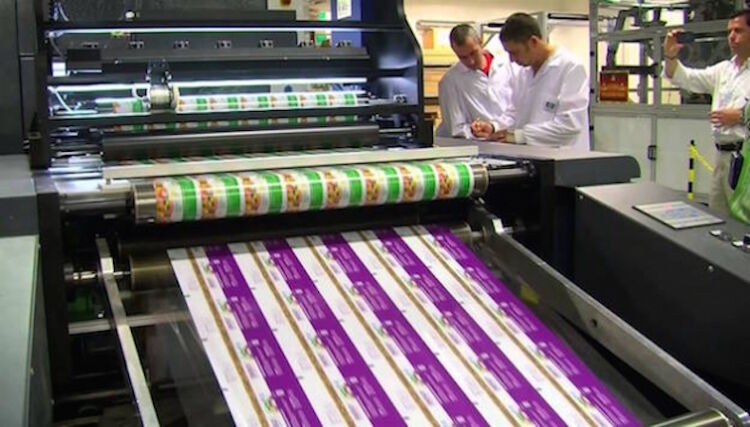
The potential of digital print is broadening, and packaging companies are only just beginning to realise the benefits on offer.
The rapid growth and success of digital print are prompting brands to experiment with marketing – improving approval ratings and brand loyalty from consumers – as well as meeting new regulatory demands and evolving new business models.
According to Smithers Pira new report - The Future of Digital Print for Packaging to 2022 - digitally printed labels and packaging is worth $13.4 billion in 2017. While the label sector has been the early adopter and is mature in some regions there is very strong growth in corrugated, carton, flexibles and direct-to-shape, with developments in metal printing.
By 2022, the rapidly expanding digital (inkjet and toner) packaging market will grow by almost 13% annually to exceed $22.0 billion.
The market for digital print is expanding at over 15% for all formats – except labels where it is already well-established. Digital print platforms are opening up a whole world of possibilities for boosting emotional engagement with a consumer, and creating new revenue streams.
This is allowing brands, design agencies and retailers to become more creative, with many launching innovative campaigns to enhance approval ratings; while other businesses across the value chain can evolve new, lucrative business models.
Smithers Pira identifies the key drivers that are making digital print such an attractive option:
Economic short runs
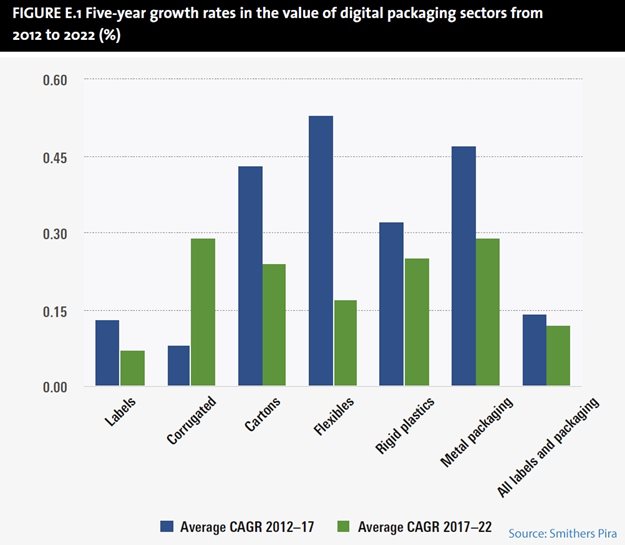
As with most print products, the average run length for packaging jobs is decreasing. Analogue processes are well suited to minimise the costs of long and medium runs which used to account for the bulk of pack and label work.
This situation is changing with more fragmentation and versioning, as new small businesses and boutique retailers join the market. There are many more short runs and high prepress and finishing costs, often added as a “one-off” charge when an initial order is putting off some new designs and products.
The ability for digital to produce short runs economically has changed the label sector and it will do so for other parts of the packaging market. Eliminating the minimum order quantity will open high-quality packaging and labels to many more players, and grow the overall market significantly.
Digital is well suited to short run production, as there are no plate costs. Using online web-to-pack portals is reducing administration and prepress costs for producing press-ready artwork and will further boost the acceptance of digital labels and packaging in the future.
The power of engagement
The digital print for packaging sector has a lot to thank the Coca-Cola Corporation for. The well-known “Share a Coke With…” series of marketing campaigns brought the capability of digital printing into the mainstream for brands, designers, and converters.
The main campaign was a mass-customisation versioning of PET bottle labels, supplemented by one-off specific names printed on-demand for glass hobble skirt bottle packs via a website, and more generic versioning of metal cans.
It was the biggest series of marketing campaigns run by Coca-Cola, putting the packaging as the message. The packaging design – of form, function and graphics – has always been important, but the Coca-Cola campaigns showed that the pack can be a critical part of the customer experience.
Packaging is being specifically used as a component of the brand strategy to win customer approval, as consumers spend more time interacting with a product after it has been bought.
There were many copy-cat campaigns brought to market with names, places or sports teams featuring on the pack. Many companies put forenames onto their packs, for instance Nutella and Marmite, while Oreo cookies ran a campaign to colour in the pack design and get the pack sent direct to the buyer.
These brands are using digital print to increase their emotional engagement with consumers and potential customers, to boost the brand status. Purina (a Nestlé pet food brand) sells Just Right, a premium range of personalised dog food. The pack has the dog’s name and picture, the owner’s name and the Just Right logo on it.
The food is formulated for the dog, taking the breed, size, age, activity and various other factors into account. The company uses the information about the dog they have been given to satisfy the owner’s desire to deliver an individualised experience for the pet. This combination of owner, brand and dog is a very powerful engagement.
Keeping up with legislation
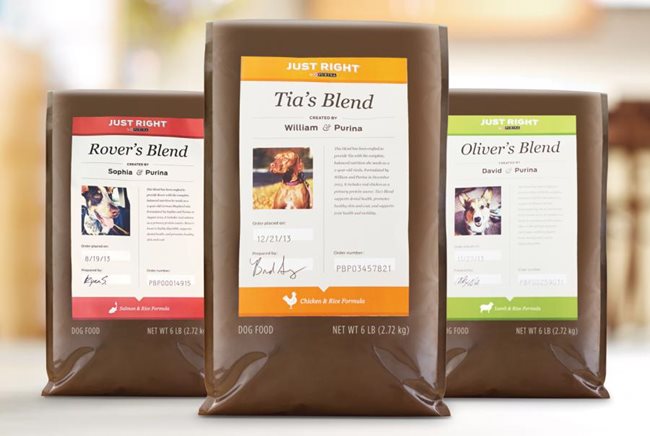
Source: Nestle
Increasing legislation on the labelling of items is demanding more accurate and easy-to-understand information to be presented in a legible way for consumers.
In June 2017, detailed labelling standards dictated by the European Regulation on Classification, Labelling and Packaging of substances and mixtures (CLP) came into force. As well as facilitating safe international trade in chemical products, the CLP ensures that any hazards presented by chemicals are clearly communicated to workers and consumers in the European Union.
This is just one of many regulations on what information has to be printed on packaging. In the US, new nutrition fact tables are mandatory from June 2018, meaning pack designs had to be updated. These requirements mean that all food labels have to meet a range of basic standards, cementing a core set of mandatory information – including presence of potential allergens, ingredients, country of manufacture and nutrition.
This is a challenge for conventional printers, especially when supplying the same product into different markets, involving increases in consumable and changeover/make-ready costs; while for digital this versioning can be accommodated by quick changes via a computer.
Brand protection
Digital print can be used to provide hard to replicate brand protection features to packs and labels, aiding anti-counterfeit efforts. As the quality of packaging printed by counterfeiters has improved, brands are more motivated to prevent losses from counterfeiting and protect the quality and integrity of their products.
In an ecommerce environment, consumers increasingly want to assure themselves that a product is genuine, particularly for high-value items such as fine wine or cosmetics.
There are security inks and toners that can produce overt and covert marks, and some of the electrophotographic presses can produce microtext and features such as photocopy voiding patches. Digital laser finishing systems can add selective “engraving” of text and images, either as a partial burn or creating complex patterns of holes or sheet edges that are difficult to copy.
The capability of digital systems to impart unique information – like an item-specific QR code – onto a pack or label is giving new security capabilities. Such a marking can be used as an identifier to validate the product is genuine via a smartphone scan referencing a secure database look up. Once this initial online connection is made brands or retailers, can then use this online channel to feed customised or even personalised promotions to the buyer.
There are other applications, for example in Japan some cigarette packs have QR codes printed on the outside that provide information to the customer, on health issues as well as promotion for the cigarette brand. Some packs are also using unique QR codes on the inside of the pack. These can be scanned and provide consumer sign up for events and offers, a twenty-first century version of the old cigarette card and coupon promotions.
Track and Trace
The same technology platform –inkjet systems printing unique information as numbers or 2D barcodes, and modular software can read these can also deliver supply chain efficiencies enabling item-level track-and-trace.
A simple, visible, easy to understand mark can be verified at any point of the supply chain, using a smartphone; removing the need for specialised equipment or training. The cost of printing such unique identifiers is much less than competing technologies – like RFID tagging – although the time taken to read the visible marks is significantly longer.
This has multiple applications and has the potential to prevent fraudulent trading, for example the recent scandal of horsemeat being substituted for beef in the UK and Europe. The same approach is being deployed widely in the pharmaceutical and medical device sectors, where a prescription or hospital drug administration can be checked at point of issue.
Legislation is fostering this trend, with 2D barcodes prescribed for such applications by new laws – the US federal Drug Supply Chain Security Act (DSCSA), and the EU Falsified Medicines Directive.
Design improvements
As digital printing becomes more widely used in labels and packaging, designers are learning how to make the most of the new technology.
Digital print allows continuous tone images and text to be reproduced at high quality, with no penalty for changing any part of the image. In the case of flexo printing, ink is relatively low cost while new plates are costly and changing an image involves press downtime and waste.
While some flexo is capable of high-quality image reproduction, much, specifically on corrugated, is limited and the use of large flat colour panels is widespread. This has become the norm in many boxes, with heavy coverage of spot colours commonly used. The cost of replicating the design digitally is expensive, as it involves high ink coverage.
As designers understand the technology is well-suited for continuous tone graphics and fine text, with no additional origination costs, they will provide more appropriate content that is aimed to promote branding and sales.
As success stories permeate out, other designers will copy and develop strategies that work well. In Sao Paolo, the Pelé Coffee brand ran a campaign to prove the freshness of the pack by printing 5,000 packs with the same day front page of the Estadão daily newspaper.
It delivered the packs to the news outlets and to subscribers by 8.00am on the day of issue. It reported a 400% increase in sales and a 179% reach on Facebook with 100,000 interactions over a three-day period, claiming it received more than $115,000 worth of media coverage from the campaign.
The Future of Digital Print for Packaging to 2022 is a global study that quantifies the market for digital printing across all packaging substrates and formats, regions and key markets for the period 2012–2022. For more information, download the brochure here.
Topics
Interested in joining our community?
Enquire today about joining your local FESPA Association or FESPA Direct
Recent news
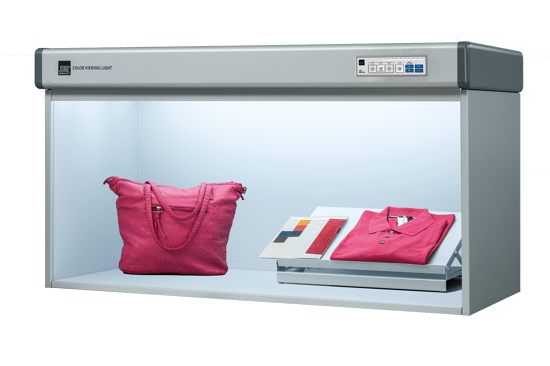
Standard lighting conditions for wide format printers and their many markets
Paul Sherfield shares the various standard conditions that are required for wide format printers as colours can appear differently dependent on the differing types of lighting and environments.
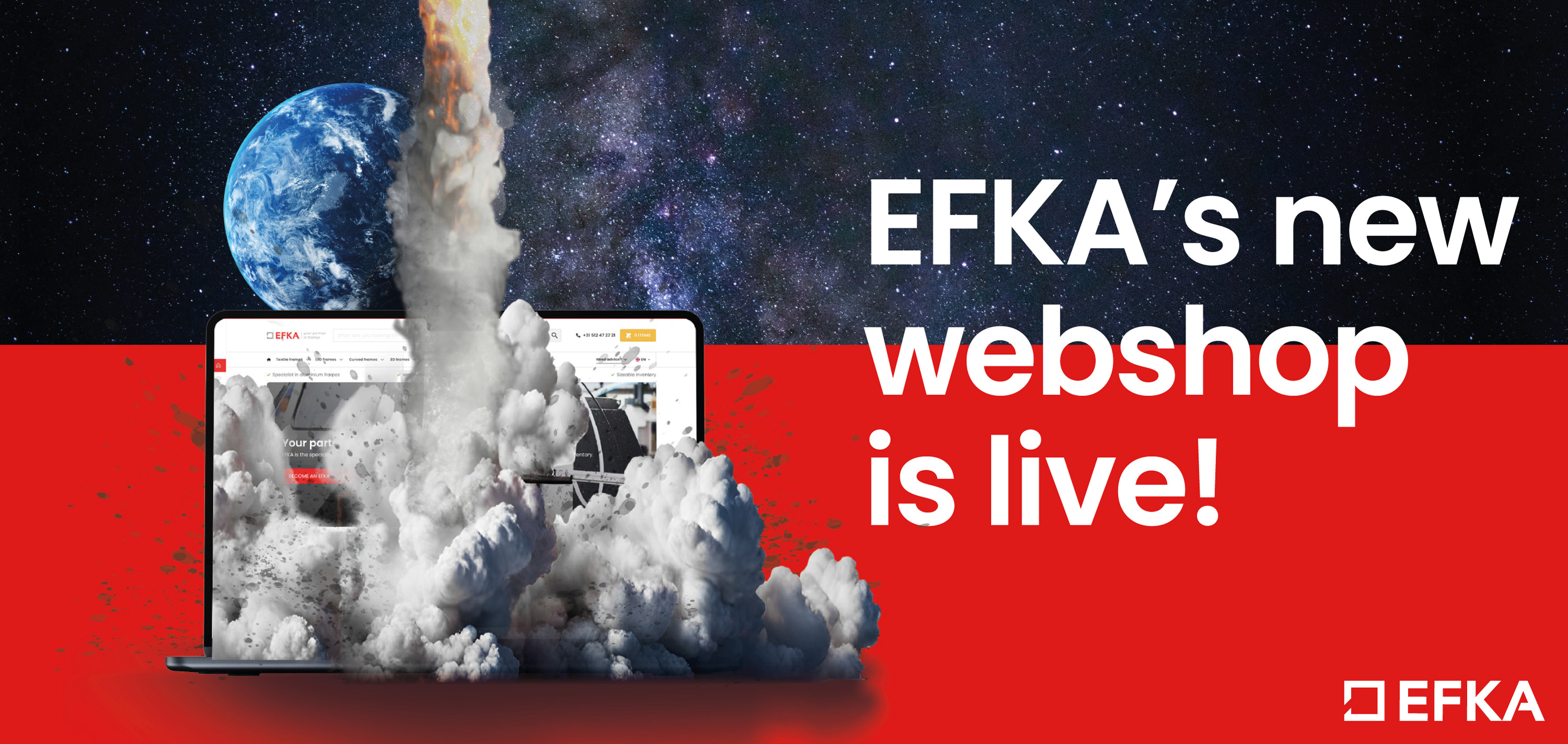_compromised.jpg?width=550)
EFKA launches new fully integrated webshop
EFKA, a leading producer and European market leader in aluminum textile frames, announced the launch of its new webshop that is fully integrated into the website and offers numerous advantages for customers.

How interactive print can help brands connect with potential customers
Interactive print is becoming an increasingly important feature for marketers as they seek to capture the attention of the modern consumer. Here, Rob Fletcher highlights some of the ways print can help brands connect with people while out and about.

What does Artificial Intelligence mean for the Design and Print Industry
Today, Artificial intelligence is already built into many products even though at times it is not noticeable. Looking towards the future, the growing presence of AI will change the design and printing industry forever. Sonja Angerer shares how you can successfully future-proof your business.